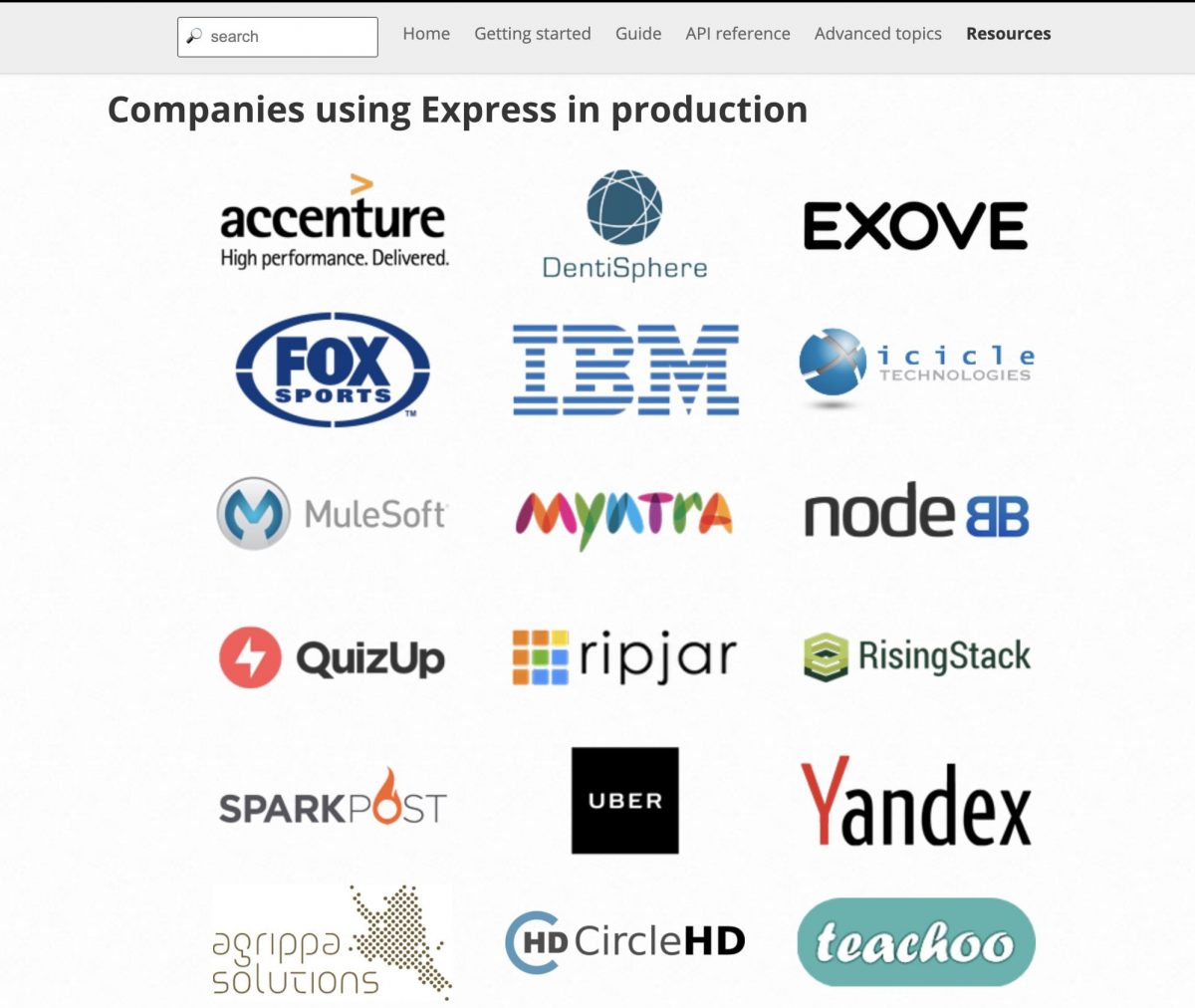A framework is similar to the foundation of a house or any building. It provides a structure that a web app needs. It is made up of tools and libraries that can help make the development process easier and efficient. A framework allows programmers to develop or build apps without the need to rewrite a code. It helps both web backend and frontend developers focus on building a feature-rich and responsive application.
The backend of a framework is responsible for aiding developers build an intuitive, well-structured interface. It creates forms and pages, and control database and HTTP requests. Basically, what a web backend framework does is make the development process more convenient.
Top 4 Most Popular Web Backend Frameworks
There are numerous backend frameworks in the market, so choosing the ideal one for your project can be difficult. To help you start off on the right track, here is a list of four of the most popular web backend frameworks. These are the most preferred and recommended by many developers around the world.
1. Django
This Python framework has “everything a developer wants and needs”. Considered a high-level framework for large applications, Django is scalable, easy to customise, supports rapid application development (RAD), and does not need a lot of third-party plugins. It is ideal for data-driven and intricate sites.
Django guarantees speed and security.
It built Dropbox, Pinterest, Instagram, and Spotify.
2. Laravel
Laravel is the ideal web application framework for web artisans because of its elegant syntax.
It is an open-source and free PHP framework. Laravel was created for complex web apps that use the MVC or model-view-controller architectural pattern. Some of its features include OOP (object-oriented programming) or object-oriented libraries, a database migration system, routing engine, and command-line interface called “Artisan”.
Laravel is ideal for any business or organisation – small, medium-sized, and large enterprises. It allows versatility and efficiency in execution.
Tesla and UNICEF are two of the most popular Laravel web-based applications.
3. Ruby on Rails
This web backend framework is written and based on the Ruby programming language. It uses the DRY or Don’t Repeat Yourself and MVC (model-view-controller) design patterns. It is quite similar to Django in terms of its principles. Ruby on Rails applies the “convention over configuration” (or coding by convention) principle. Meaning, programs are developed based on typical programming conventions and not on programmer-defined ones.
Some of the relevant features Ruby on Rails offers include clear and precise syntax, customised and large plugins library, automated deployment, and community support.
Shopify, Hulu, and Netflix all use Ruby on Rails.
4. Spring Boot
This web backend framework is Java-based and open-sourced. It is ideal for Spring-based and production-ready standalone apps. Additionally, it is intended for large-scale apps that use cloud computing. Spring Boot comes with different modules for various services.
A highly scalable framework, Spring Boot has a vast ecosystem and comes with features like a starter template and automatic configurations. It is made for Java developers and Java-based businesses.
Trivago, Amazon, and Google use Spring Boot.
These are just four of the most popular and preferred web backend frameworks you can choose. Take some time to study what each has to offer to your project and business before picking one.



